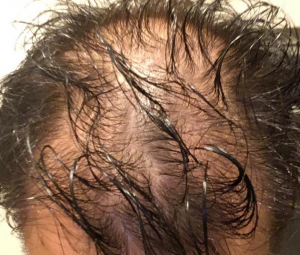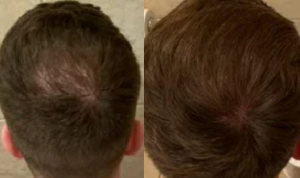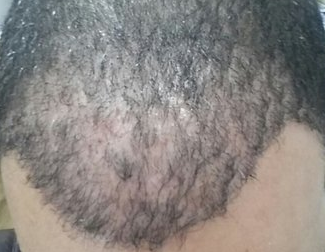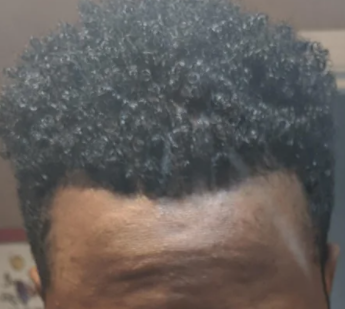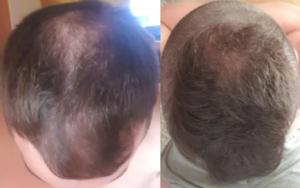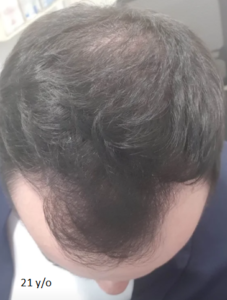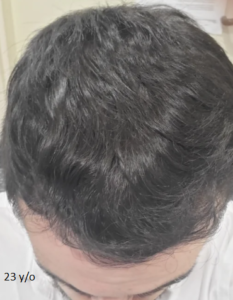What you are seeing is terrible post-operative care which has allowed thick crusts to form on your head and then crack. An FUE is treated just like a regular hair transplant with regard to the recipient area while the donor area has open wounds which require daily washing with soap and water. Within 3 days of surgery, you can resume full activities, heavy exercises if you wish.
The recipient area requires daily washes as well to keep the recipient area free of crusts. I generally recommend the use of a sponge and supply my patient with a surgical sponge to fill with soapy water and press on the recipient area daily. By repeating this daily, all crusts can be washed off without any fear of losing grafts. IF any crust are present, use a Q-Tip and dip it into soapy water and roll it on the crusts. That will lift them off without dislodging them but never rub them, just roll the Q-Tip on the recipient crust. I like to see no evidence of any crusting in the recipient area and the crusts from the donor area are gone in 7-10 days with daily washing.
I don’t like the idea of anyone removing grafts that have scabs on them. We have published a paper in a formal medical journal (https://newhair.com/wp-content/uploads/2018/11/mp-2006-graft-anchoring.pdf) that states when a person pulls off a scab (crust) from a recipient area in less than 12 days, the risk of losing the graft is very high. Put a shampoo on your head and let it sit for 10-15 minutes, then gently work the crusts with your fingers. This will take days to get the crust off but you will not disturb the grafts.
I am also disturbed that 3000 grafts were placed in the frontal 3 inch zone of your scalp. Keep in mind that most people have only a bout 7000 grafts in their donor area and if your original donor density was low, then that number could be 4000 or even less. IF your hair is fine, things get even worse. You can contact me for more details on how to evaluate your long term planning if you wish.


